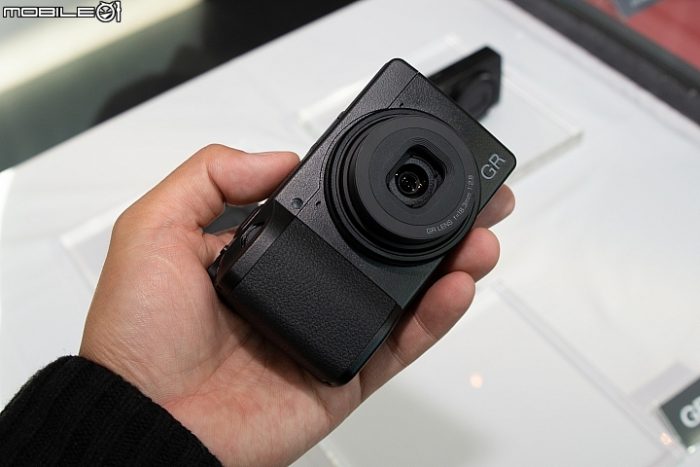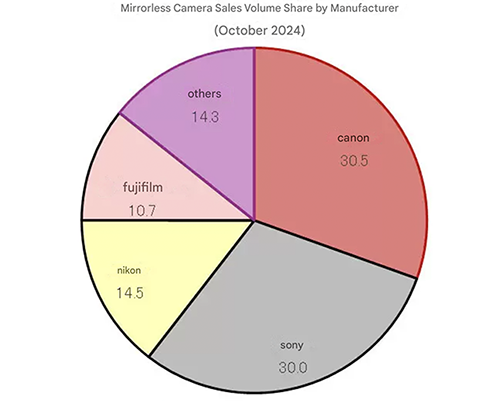Ricoh says they will not make a Full Frame GR camera

Mobile01 talked to Ricoh manager Noguchi Hiroshi and he made it clear that:
1) Ricoh will not make a Full Frame GR camera
2) Have no plan to make cameras with curved sensor
Here is the full google translated interview:
Q: The most important, but the most users will want to ask questions. All netizens want to ask, why is GRIII not a full-frame, but still apply APS-C, what is the consideration behind it?
A: GR is a snapshot camera of "Snap Shooting", so the most important purpose is to make a high-quality image while carrying a convenient product. We think APS-C is the most suitable choice.
Q: But the system in the past film era is also full-frame, but there is no way for digital users to do it?
A: 35mm is the specification that Leica has developed, but the digital era does not have to stick to this direction. Because GR is pursuing a camera suitable for snapshots, Snap Shooting is the main goal. In fact, in terms of technology, we can put the FF sensor in the GR, and it is about the same size as the GRIII, but there will be some compromises, such as the quality of the lens, or the operability. But we think APS-C is the most balanced choice.
At the current GRIII quality level, the photo can be enlarged to a size of B0 (100 x 141.4 cm), which can also be very fine.
Q: It has been rumored in the past that the new generation of GR will be born with a curved photosensitive element. Has this matter been discussed during development? In addition, when developing, is there no need to respond to market demand, that is, the sound of using full-size photosensitive elements?
A: The curved photosensitive element we have never considered, this thing is completely rumor.
As for the internal discussion of the full-frame, we are totally unconventional. If in the future, we want to add a new product line, then it may be possible to consider the use of full-frame photosensitive elements, but we are currently aiming at creating a "orthodox GR", so with the current product planning Said no such plan.
Many technology products will have the technical advantage. For example, for a while, the computer will see the highest CPU clock, but not everyone will need the highest specification, because not everyone will use it. The same is true for cameras, because not Full Frame is the best and most suitable thing. We must consider the user's situation and needs to create the best products. But we do know that fans with a lot of GRs really want the next generation to be full-frame.
Q: What is the technical impact and communication after Pentax joins? How many people are there in the team that develops GR?
A: The development department also needs to do the Theta 360 camera, but also the development of Pentax. So no one is completely responsible for the GR camera. Everyone is actually responsible for more than one project at the same time, so it is difficult to say how many people are responsible. GR. After Pentax entered, it was actually not a communication, because it was basically the same team.
Q: When was GRIII developed?
A: About a year and a half to two years ago.
Q: Who is leading the team when developing new products? Is it led by engineers and then marketed for planning; or is it that marketing asks engineers after collecting opinions from consumers? How is Ricoh Pentax done here?
A: Actually, there are both, but in GR, but for the product planning department, they have a very clear "GR philosophy". We will respect the needs of GR fans, but we will also look at the engineers. idea. However, GR will have its own adherence to the concept, not to say that the market has all the needs and put it all in.
Q: Is the volume of GRIII shrinking again, is it the demand of consumers? Because I have used the GR series myself, I think it is already a very mature camera, so I would like to ask if it is a technical display if the volume is reduced? Or is it a response to consumer demand?
A: Both have. The positioning of GR is a pocket machine, so miniaturizing the product is our priority.
Q: So if you can be smaller, would you want to do it even smaller?
A: Yes, but of course we must balance the operability. But at the moment we think this size is the best.

